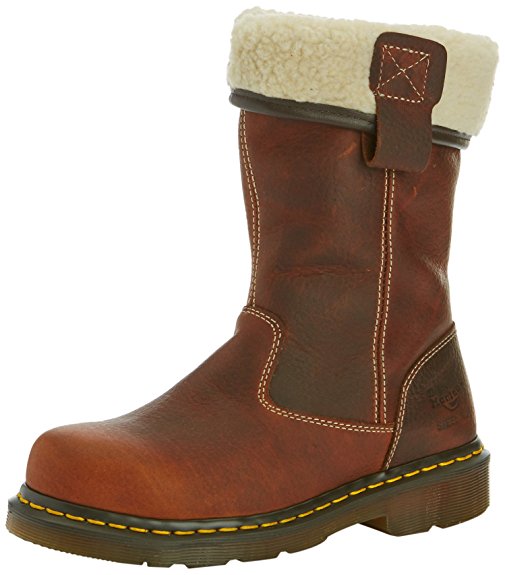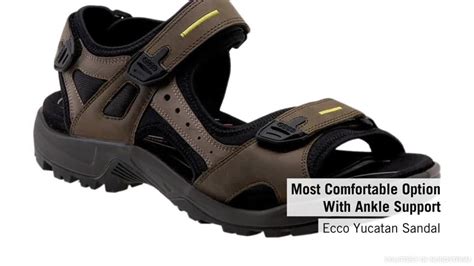Rigger Boots for Work and Safety

When it comes to protecting your feet on the job, few pieces of personal protective equipment (PPE) are as crucial as a good pair of rigger boots. Designed to withstand the harsh conditions of various work environments, rigger boots are engineered to provide comfort, support, and most importantly, safety. In this comprehensive guide, we’ll delve into the world of rigger boots, exploring their history, features, benefits, and what to look for when selecting the perfect pair for your work needs.
Historical Evolution of Rigger Boots
Rigger boots have their roots in traditional work boots, which have been around for centuries. However, the modern rigger boot as we know it today is a product of the mid-20th century, when safety standards and regulations began to emphasize the importance of protective footwear in hazardous workplaces. Over the years, advancements in materials science and footwear technology have led to the development of more durable, comfortable, and safe rigger boots that cater to a wide range of industries, from construction and manufacturing to electrical work and oil rigging.
Key Features of Rigger Boots
- Safety Toe Caps: Perhaps the most critical feature of rigger boots is the safety toe cap, which is designed to protect the toes from heavy objects and compression. Common materials for toe caps include steel, aluminum, and composite materials.
- Slip-Resistant Outsoles: Rigger boots often feature outsoles made from rubber or other materials with deep treads, providing excellent grip on various surfaces, including oily, wet, and uneven grounds.
- Insulation and Waterproofing: Many rigger boots are insulated to keep feet warm in cold conditions and are waterproof to prevent water penetration, ensuring dry and comfortable feet throughout the workday.
- Ankle Support: High-cut designs provide additional ankle support, crucial for preventing sprains and strains, especially in jobs that involve climbing, walking on uneven surfaces, or carrying heavy loads.
- Breathability: Modern rigger boots often incorporate breathable membranes, such as Gore-Tex, that allow moisture to escape while keeping external water out, reducing the risk of blisters and discomfort.
Benefits of Wearing Rigger Boots
- Enhanced Safety: The primary benefit of rigger boots is the enhanced protection they offer against workplace hazards, including heavy falling objects, electrical hazards, and slippery surfaces.
- Comfort: By providing adequate support and cushioning, rigger boots can significantly reduce foot fatigue, allowing workers to perform their duties more comfortably over extended periods.
- Durability: Constructed with high-quality, durable materials, rigger boots can withstand the rigors of harsh work environments, offering a long service life and reducing the need for frequent replacements.
- Compliance with Regulations: Wearing rigger boots can help employers and employees comply with safety regulations and standards, minimizing the risk of legal repercussions and workplace accidents.
Selecting the Right Rigger Boots
Choosing the perfect pair of rigger boots involves considering several factors, including the type of work, the work environment, personal comfort preferences, and specific safety requirements.
- Assess Your Work Environment: Different jobs require different types of protection. For example, electrical workers may need boots with electrical hazard protection, while workers in extremely cold conditions may prioritize insulation.
- Comfort and Fit: Ensure the boots fit well and provide the necessary comfort for long hours of wear. Features like cushioning, arch support, and breathable materials can make a significant difference.
- Safety Features: Identify the safety features that are must-haves for your job. This could include safety toe caps, puncture-resistant plates, or slip-resistant soles.
- Brand and Quality: Opt for reputable brands known for producing high-quality, durable work boots. While more expensive, these often provide better protection and longer service life.
Maintenance and Care of Rigger Boots
To extend the lifespan of your rigger boots and ensure they continue to provide the necessary protection and comfort, regular maintenance is essential.
- Cleaning: Regularly clean your boots to remove dirt and debris that can damage the materials. Use mild soap and water, avoiding harsh chemicals that can compromise the waterproofing or damage the leather.
- Conditioning: For leather boots, apply a conditioner periodically to keep the leather supple and waterproof.
- Storage: Store your boots in a dry, cool place, away from direct sunlight. Allow them to air dry if they become wet, rather than applying heat.
Future Trends in Rigger Boot Technology
As technology continues to evolve, we can expect to see advancements in rigger boot design and materials that enhance safety, comfort, and durability. Some potential trends include:
- Advanced Materials: New materials that are lighter, stronger, and more breathable, such as advanced composites and nanomaterials, could revolutionize the construction of rigger boots.
- Smart Safety Features: Integration of smart technology, such as impact sensors, temperature monitoring, and GPS, could provide real-time feedback and enhance safety protocols.
- Customization: With advancements in manufacturing technology, such as 3D printing, workers may soon be able to design and manufacture customized rigger boots that perfectly fit their feet and meet their specific work needs.
Conclusion
Rigger boots are a critical component of workplace safety and comfort, offering protection, support, and durability in demanding work environments. By understanding the history, features, and benefits of rigger boots, as well as how to select and maintain the right pair, workers can ensure their feet are well-protected and comfortable throughout their workday. As technology continues to advance, we can look forward to even safer, more comfortable, and high-performance rigger boots that meet the evolving needs of various industries.
What are the primary safety features to look for in rigger boots?
+The primary safety features in rigger boots include safety toe caps, slip-resistant outsoles, insulation, waterproofing, and ankle support. These features protect against various hazards such as heavy objects, slippery surfaces, and extreme temperatures.
How often should I replace my rigger boots?
+The replacement frequency of rigger boots depends on the usage and condition. Generally, if the boots show significant wear, such as a compromised sole, cracked leather, or diminished safety features, it’s time to replace them. Regular inspections can help determine the best time for replacement.
Can rigger boots be customized for specific work environments?
+Yes, rigger boots can be customized to meet the specific demands of different work environments. This can include special features such as electrical hazard protection, metatarsal guards, or insulated and waterproof membranes for extreme conditions. Some manufacturers offer customization options to ensure the boots meet the precise needs of the worker.



